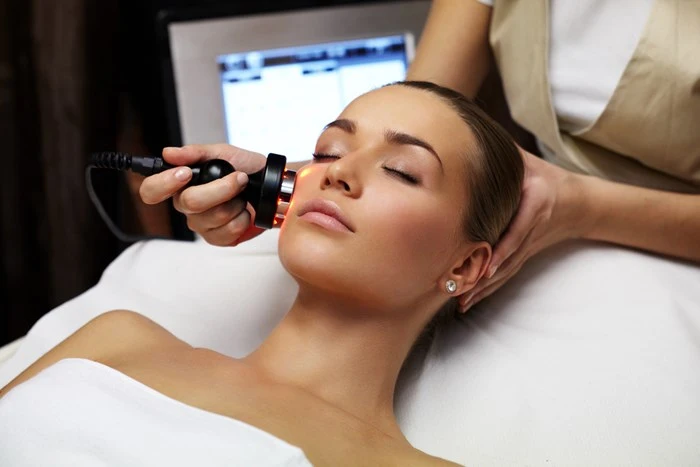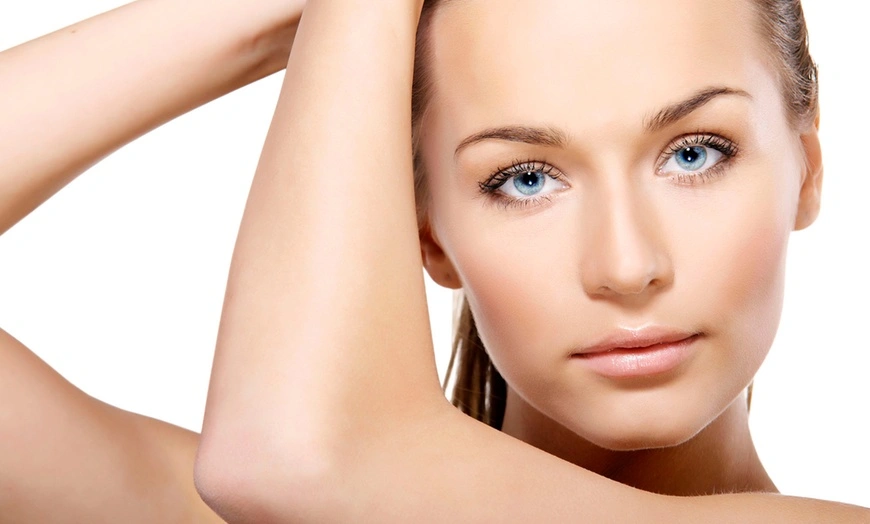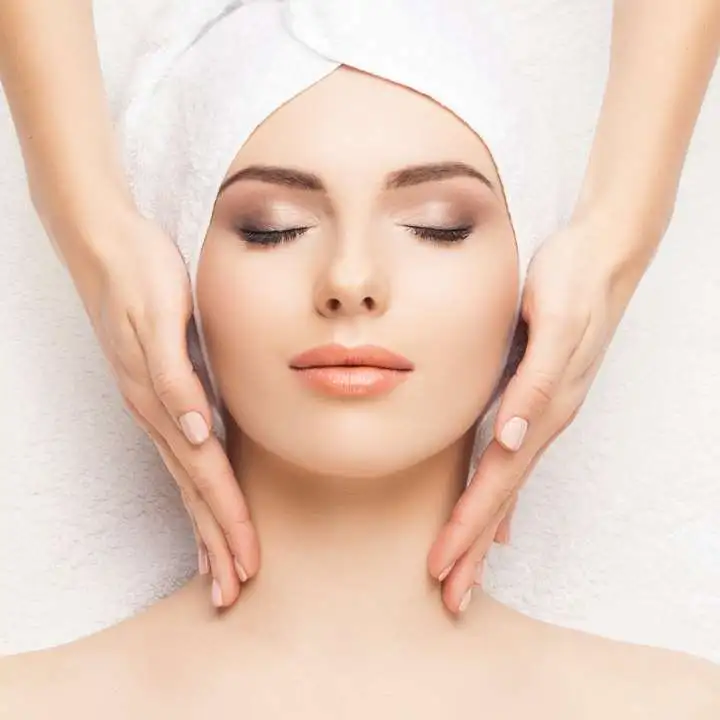 Skin Analysis How to and Why?
Skin Analysis How to and Why?
We are here to invest our knowledge on Skin Analysis How to and Why For better skin goals. The skin serves as an artist's canvas for estheticians. To undertake Skin Analysis, they, like painters, must understand their medium's kind, texture, and qualities. If an esthetician's goal is to coax the beauty out of any skin, then skin analysis is the key to creating a masterpiece and the foundation of a successful consultation. These are vital when seeing clients, especially if they are new.
Successful client’s consultation is crucial subject for an esthetician to attend. On educational academies or schools, there is so much time and most of the emphasis tends to be how to perform technical treatments. Thus, you’re just working on building a knowledge base, around skincare as well as getting prepared to pass state board. That said, we think a big aspect of being an esthetician is communication, and a really important aspect of communication in our job includes the client consultation along with understanding their conditions.
A great client consultation sets you up for long-term success with your treatments, your practice, and, most importantly, in developing truly strong relationships with your clients. This point will assist you in making the proper connection between you and your clientele. It enables the esthetician to educate the client, if they’re open to it, on their skin condition and how the esthetician can set the client up with a long-term strategy for success and the greatest results with their skin.
Therefore, Skin Analysis and the proper successful consultation are twin sisters.
Where to start? INTAKE
Spa or performer center will collect a medical history, learn about the client's existing skin regimen, and create goals for improving their skin.
A thorough intake technique is the first step in a proper skin analysis. New clients require a thorough examination, while those who have not visited the spa or clinic in a long time require an update similar to that of a new client. At the start of each visit, the chart for frequent clients should be reviewed, and the client should be asked whether any of the factors indicated below have changed. Of course, it's assumed that each client's records be scrupulously kept so that any new physician can comprehend the client's history, ailments, previous treatments, and ongoing issues.
At a minimum, intake should include questions regarding the client's:
- Genetic history, particularly dermatological problems
- Nutrition and hydration, including special diets, water and caffeine intake, and over-the-counter nutritional supplements
- Lifestyle (exercise, stress, sun exposure, smoking, Diet and so forth)
- Medical history (significant conditions, surgeries, allergies, over-the-counter and prescription medications, and so forth)
- Cosmetic history (previous procedures, reactions, homecare regimens, and so forth)
- Skin type (client’s perspective – to be confirmed with analysis)
- Skin’s intrinsic characteristics (related to genetics)
- Skin’s extrinsic characteristics (related to lifestyle)
- Treatment risk factors (allergies, sensitivities, previous reactions, medication interactions, lifestyle, and so forth)
While a cursory glance at a client's complexion may not always precisely reveal skin type (and should not be used as a substitute for complete analysis), and makeup may also obscure the true skin type, it is worth taking a quick check during the intake process. After the esthetician has completely cleansed your face and removed any trace of grime or make-up, analysis may begin. She's not just washing your face, though. She will also feel your skin to determine its level of dryness, roughness, and any sagging regions.
Doing Skin Analysis, 4 Major Factors and The Procedure
When performing a skin analysis, there are four key aspects to consider (these have common with spa, but some of them, especially in details, are clinical). Before covering the hands-on analytical procedure and instrumentation, it's critical to first grasp these concepts:
1- Hydration
2- Lipid Levels
3- Melanin
4- Erythema
A close-up examination is the final phase in an esthetician's skin analyzing. Today's skincare specialists can choose from a wide choice of technology to fine-tune their examination, ranging from sebum-measurement gadgets to 3D facial analyzers. However, touch remains an esthetician's primary tool; analyzing texture with your fingers aids in the detection of minor imperfections.
Magnifying lamps can help you see even the tiniest imperfections on a client's skin. These lamps are available in a variety of designs, ranging from stationary floor models to wheeled styles that may be maneuvered around seats during an examination. They are equipped with cool bulbs that do not distort skin tone. Some have storage and vaporizers to make washing the client's face a breeze.
 Hydration
Hydration
What is The Goal of Skin Analysis and Recognized Matters by Esthetician?
As previously stated, the purpose of a skin analysis is to gather information that will help you improve your client's appearance. The more information you have, the better prepared you will be to make recommendations.
Although skin does not always fit neatly into one category, factors such as skin type, texture, redness, rashes, and clogged pores can help guide treatment decisions.
Skin Type
Although skin type is determined by genetics, environmental factors can have an impact. Normal, dry, oily, and mixed skin are the four fundamental types.
• Normal – this skin is well-balanced, with average moisture and oil production, refined pores, good circulation, and few blemishes. Treatments are preventative, emphasizing products and lifestyle modifications that delay aging and improve skin's appearance and feel.
• Dry skin — this is a common problem. Dry skin lacks natural moisture and generates less protective sebum as a result of genetic and environmental causes ranging from pollution to harsh weather. A dry skin, which is prone to UV light redness, appears dull and is less robust. Fine wrinkles are emphasized, and skin texture seems rough, giving clients the appearance of skin that is rapidly aging. Treatments aim to restore moisture balance without generating oily skin.
• Oily - oily complexions are caused by hyperactive sebaceous glands. Clients with seborrhea are more prone to blemishes, such as acne. It has a greasy texture and a gleaming appearance on the forehead, chin, and nose. Oiliness is influenced by heredity, just like dry skin, but stress, hormone fluctuations, and food also play a part. Redness and irritation should be reduced with treatment.
• Combination Skin - the most frequent skin type that necessitates specific attention. Combination skin has oily and dry areas, with abundant sebum in the T-zone, forehead, nose, and chin, and dry cheeks. Pores are frequently large and noticeable. The treatments are designed to minimize pore size and balance the appearance of dry and oily areas. It necessitates a tailored strategy.
Sensitive skin, or skin that is prone to irritation, is also considered a unique kind by certain estheticians. It necessitates delicate handling and the gentlest products.
Fitzpatrick Skin Type
According to DermNet NZ, the Fitzpatrick skin scale evaluates skin sensitivity to sunlight based on genetic features. It aids estheticians in determining which clients are most vulnerable to sun damage and recommending products with the appropriate SPF level. These genetic traits divide the population into six categories:
1: people have blonde or red hair, green or blue eyes, and pale or freckled white skin that burns without tanning.
2: blue eyes, light skin, easily burns, rarely tans
3: fair complexion, brown eyes, and brown hair; burns first, then tans.
4: light brown skin, dark eyes, and dark hair; skin burns easily but tans quickly.
5: tans easily and has brown skin, eyes, and hair. It rarely burns.
6: dark brown skin, hair, and eyes that never burn and simply intensify the tan.
Texture
The surface state of the skin is referred to as texture. The texture of healthy skin is velvety, elastic, and tight under your fingers. Due to dryness or rashes, coarse skin feels less firm and is frequently uneven.
Because the epidermis can appear smooth yet include enough tiny defects to alter how it scatters light and dims the complexion's brightness, it's vital to feel for texture.
Redness
Inflammation manifests itself as redness. Clients with chronic skin diseases that cause it, such as rosacea, can seek help from estheticians to alleviate the symptoms. It can also be a sign of sensitivity, guiding therapeutic decisions.
Rashes
Rashes can be reactive, meaning they are an inflammatory response to anything in the environment, such as air pollution. They could also be signs of underlying illnesses that necessitate medical attention.
Clogged Pores
Excess sebum, dirt, and dead epidermal cells all contribute to clogged pores. They're called blackheads when they've been darkened by oxidation. If bacteria become trapped inside and become infected, pus forms and a whitehead develops. Each requires a different treatment, followed by a maintenance regimen that reduces surface sebum and minimizes pore size.
 Skin Types
Skin Types
A follow-up depends on the findings and the type of facility after a Skin Analysis is completed. Treatments, specialist referrals, and homecare are all possibilities. Professionals will never doubt that they are following up correctly if they conduct a thorough skin analysis. Because skin analysis is the foundation for all other beauty and dermatology procedures, it's crucial to get it right the first time. You now understand why and how centers operate.
After reading all about the Skin Analysis How to and Why, Our Team offers each new client free consultation and analysis. You will definitely want to indulge in organic treatments at Mediterranean-Beauty Day Spa Worthington during your next getaway at Columbus Ohio!
We do it naturally and it’s much safer.
- Don’t be shy, Make a Call
- Free consultation based on your skin situation will come to you
- Magics will begin in Spa!!
693 1/2 High Street, Suite A,
Worthington, OH 43085
(614) 940-0886